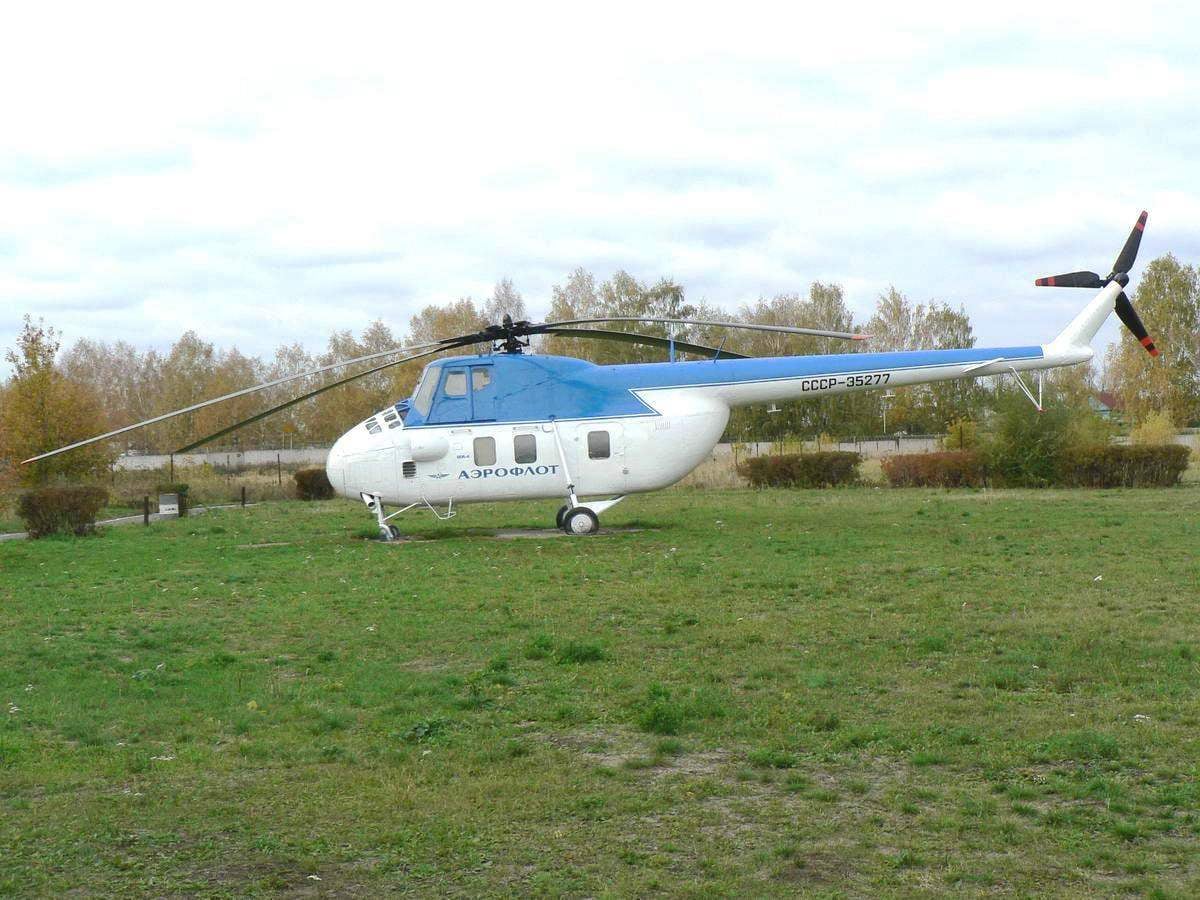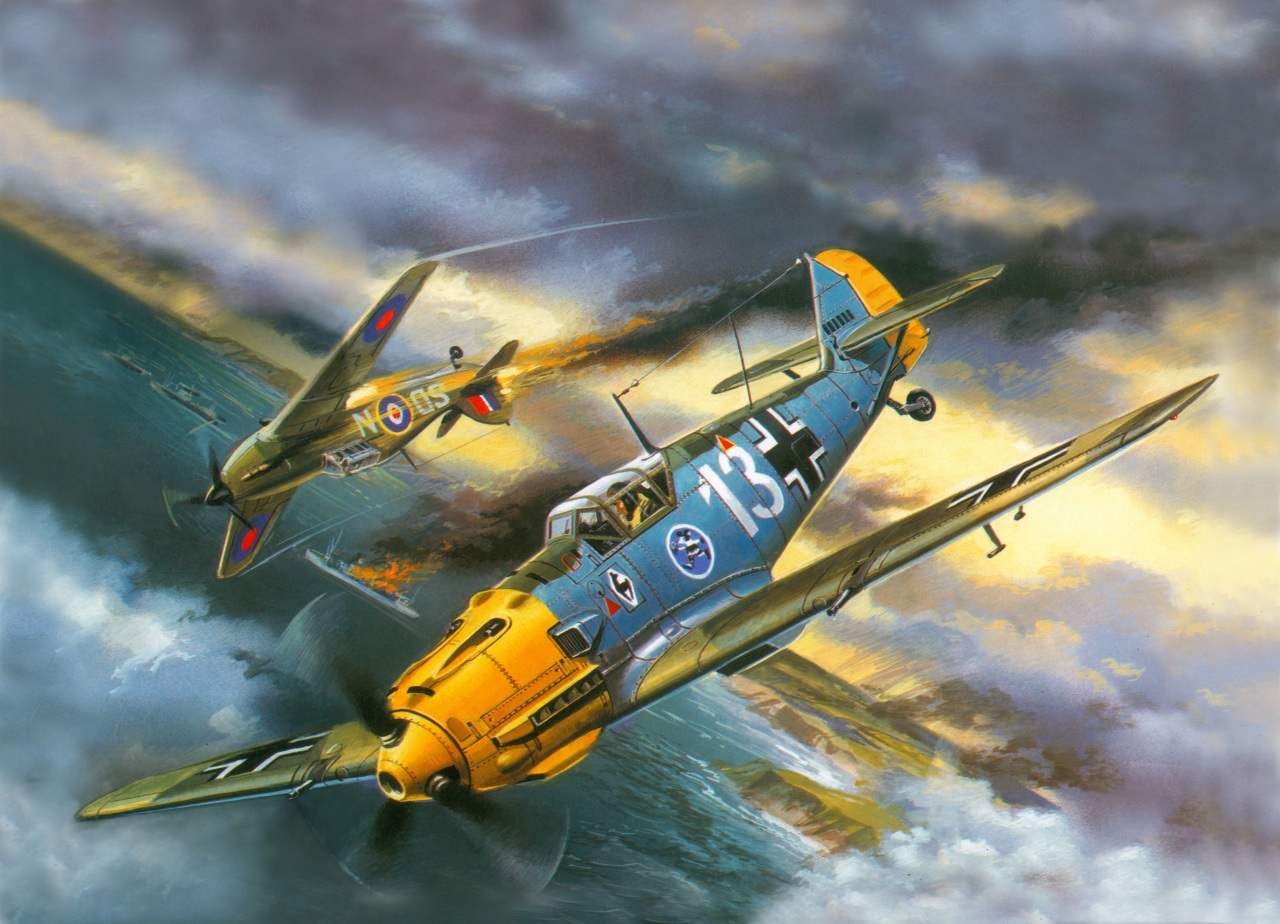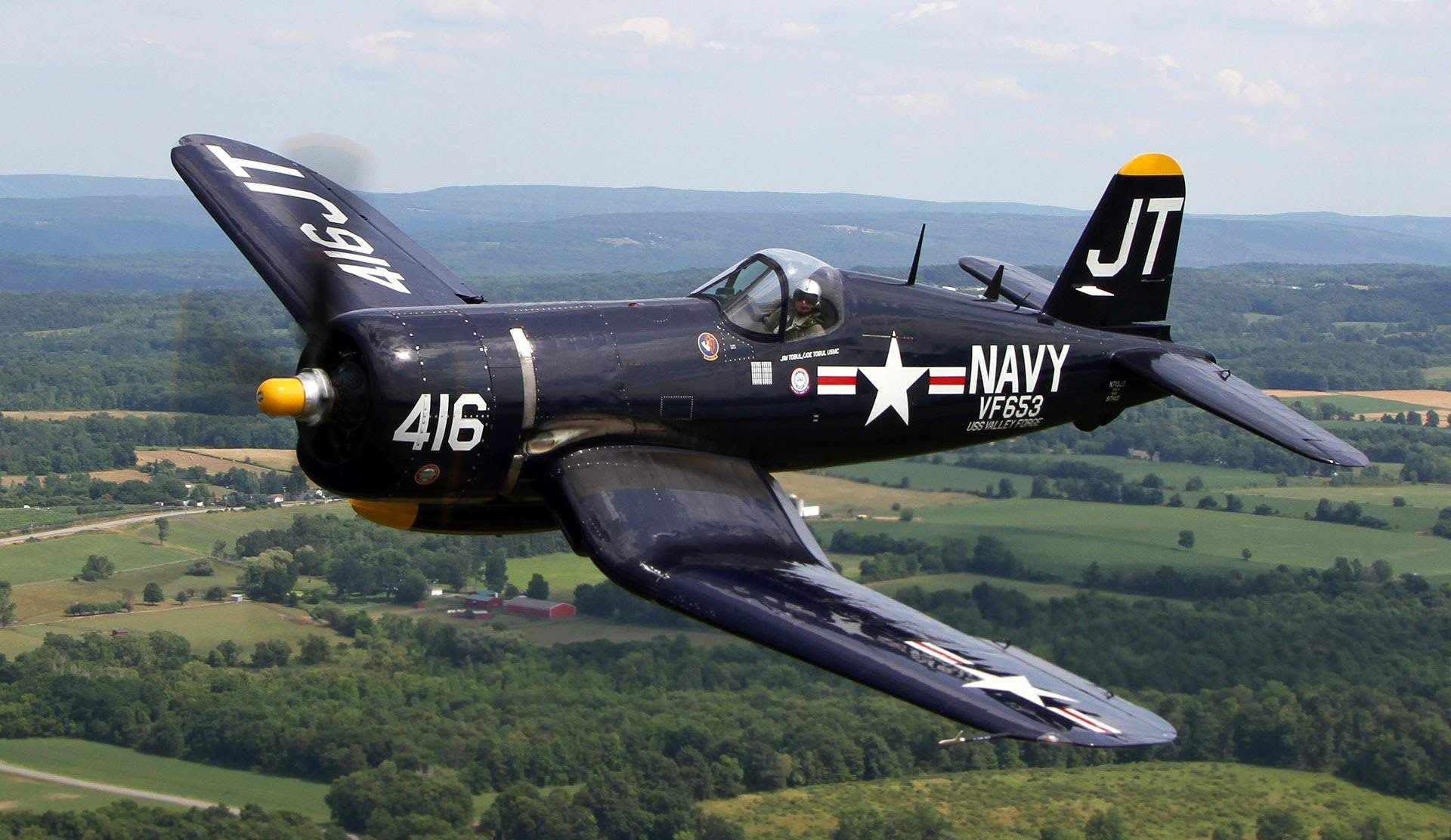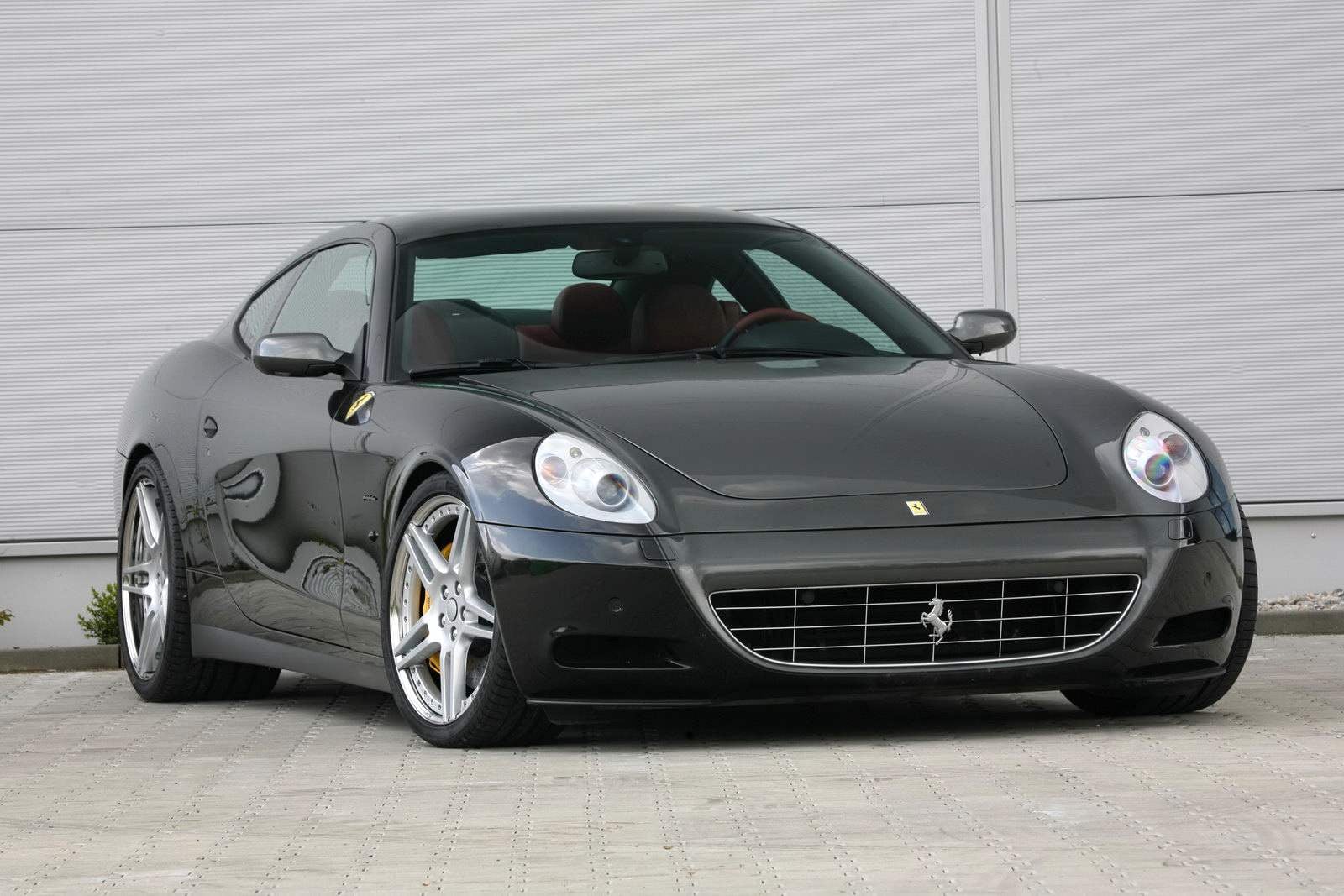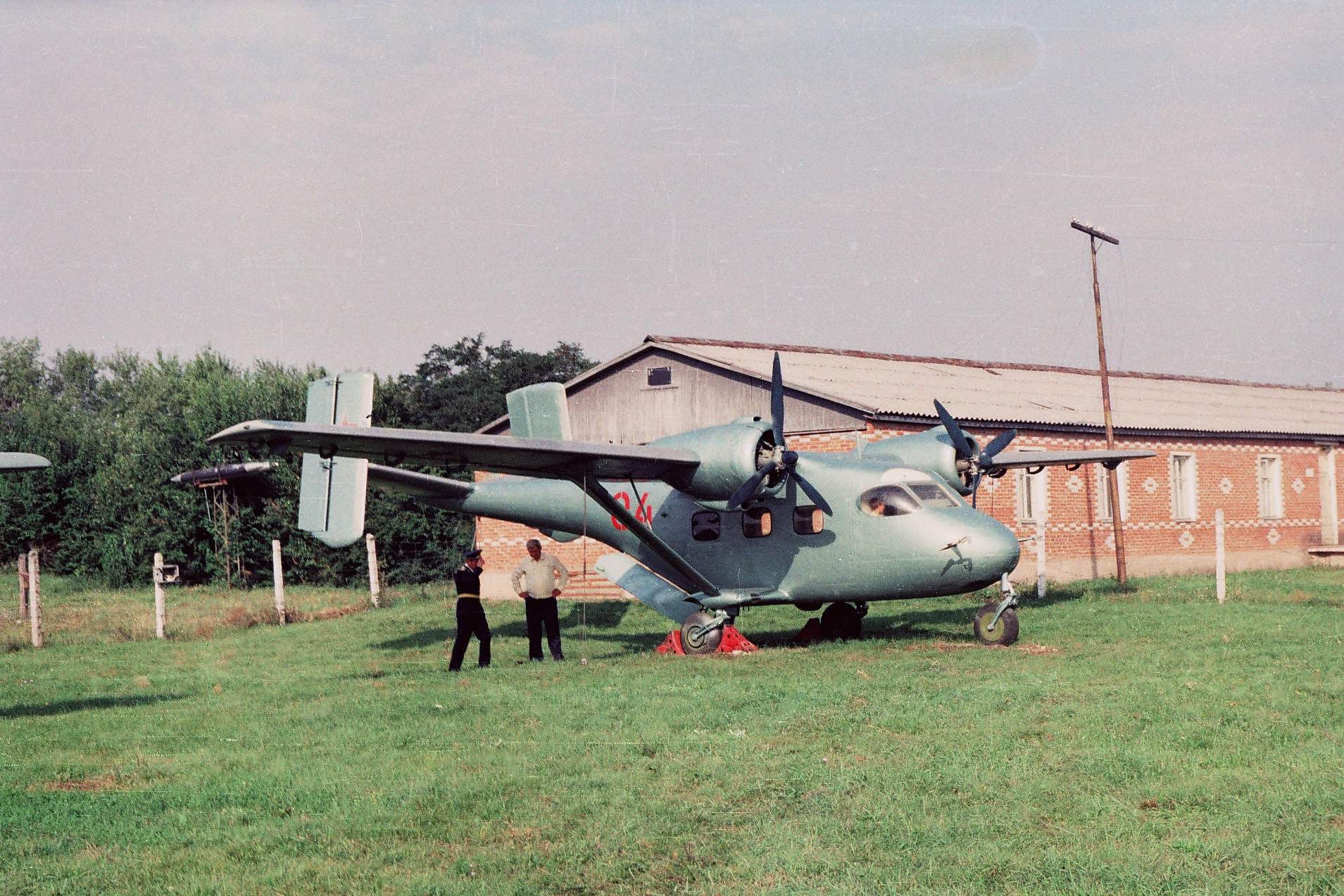 The appearance in the USSR Armed Forces helicopter Mi-4 with a lifting capacity of 2000 kg originally destined to transport paratroopers, immediately attracted the attention of numerous security forces, and GVF. Was no exception and the Navy. Before him opened a wide perspective on the use of Mi-4 not only for the delivery of paratroopers, but also to perform search and rescue operations at sea, minesweeping, search of submarines (the threat of which is constantly growing) and as a torpedo bomber.
The appearance in the USSR Armed Forces helicopter Mi-4 with a lifting capacity of 2000 kg originally destined to transport paratroopers, immediately attracted the attention of numerous security forces, and GVF. Was no exception and the Navy. Before him opened a wide perspective on the use of Mi-4 not only for the delivery of paratroopers, but also to perform search and rescue operations at sea, minesweeping, search of submarines (the threat of which is constantly growing) and as a torpedo bomber.
Collection
THIS AMAZING GAS-AND
 On the sixth of December, 1932, eleven months after the start of the Gorky automobile plant, with its conveyor descended first cars GAZ-A. Cars these, very simple and unpretentious, quickly won the hearts of drivers. In fact, their distant relatives were already well known in our country.
On the sixth of December, 1932, eleven months after the start of the Gorky automobile plant, with its conveyor descended first cars GAZ-A. Cars these, very simple and unpretentious, quickly won the hearts of drivers. In fact, their distant relatives were already well known in our country.BET FOR VERSATILITY
 The mid 50-ies of XX century marked the beginning of the end of British naval power. Powerful, but not conformed to the new reality fighting ships of world war II were annually given up on scrapping dozens. The size of the fleet decreased with great speed: to build new frigates are only marginally influenced this sad for the pride of the nation process.
The mid 50-ies of XX century marked the beginning of the end of British naval power. Powerful, but not conformed to the new reality fighting ships of world war II were annually given up on scrapping dozens. The size of the fleet decreased with great speed: to build new frigates are only marginally influenced this sad for the pride of the nation process.
SPANISH LANDFILL LUFTWAFFE
 Fighters Messerschmitt Bf 109 first modifications. (The end. Beginning at No. 7 in 2004). Frontline service Bf 109 in Spain began suddenly and quite successfully. In October 1936, when the air first came 109V5 Bf and Bf 109V6, at the BFW plant in Munich received an order from the air Ministry on the preparation of several planes to be sent to Spain for testing in combat conditions.
Fighters Messerschmitt Bf 109 first modifications. (The end. Beginning at No. 7 in 2004). Frontline service Bf 109 in Spain began suddenly and quite successfully. In October 1936, when the air first came 109V5 Bf and Bf 109V6, at the BFW plant in Munich received an order from the air Ministry on the preparation of several planes to be sent to Spain for testing in combat conditions.
NEW ENERGY
 For about 100 years — since the beginning of the widespread introduction of steam machines before the end of the era of artillery and armour — the characteristics of any of a warship anyway was a compromise between speed, armament and protection.
For about 100 years — since the beginning of the widespread introduction of steam machines before the end of the era of artillery and armour — the characteristics of any of a warship anyway was a compromise between speed, armament and protection.
“WE WERE SHAKING THE BUSES CLOSE…”
 City bus ZIS-155 production in 1949. The development and expansion of cities accompanied by the concentration of citizens in residential areas and, consequently, the factories in the industrial, has created the problem of passenger traffic, which could not solve a horse-drawn vehicle for personal use. And in the second half of the XIX century in cities there are predecessors of buses and trams, horse and steam-powered.
City bus ZIS-155 production in 1949. The development and expansion of cities accompanied by the concentration of citizens in residential areas and, consequently, the factories in the industrial, has created the problem of passenger traffic, which could not solve a horse-drawn vehicle for personal use. And in the second half of the XIX century in cities there are predecessors of buses and trams, horse and steam-powered.
“LE CORSAIRE” WITH TWENTY YEARS OF EXPERIENCE
 Carrier-based fighter F4U-5/7 CORSAIR. In the annals of aviation are not many aircraft left in her mark. But it is to such aircraft include the American fighter F4U CORSAIR the Chance Vought company, which had a great influence on the outcome of the air battles over the Pacific.
Carrier-based fighter F4U-5/7 CORSAIR. In the annals of aviation are not many aircraft left in her mark. But it is to such aircraft include the American fighter F4U CORSAIR the Chance Vought company, which had a great influence on the outcome of the air battles over the Pacific.
DRY T4 (100)
 The competition of the State Committee on aviation technology to establish the impact of a missile to destroy aircraft carriers was announced in September 1961. In the fight for the prestigious order entered OKB A. N. Tupolev, F. S. Yakovlev and P. O. Sukhoi. In the autumn of 1962 was held on advanced Scientific-technical Council, which commissioned the development of a conceptual design of the aircraft design Bureau of P. O. Sukhoi.
The competition of the State Committee on aviation technology to establish the impact of a missile to destroy aircraft carriers was announced in September 1961. In the fight for the prestigious order entered OKB A. N. Tupolev, F. S. Yakovlev and P. O. Sukhoi. In the autumn of 1962 was held on advanced Scientific-technical Council, which commissioned the development of a conceptual design of the aircraft design Bureau of P. O. Sukhoi.FERRARI 612 SCAGLIETTI
 The debut of this most powerful and most expensive car that produces the famous Italian firm, was held in January 2004 at the prestigious Detroit motor show. The machine will replace produced with the 1992 FERRARI 456 GT.
The debut of this most powerful and most expensive car that produces the famous Italian firm, was held in January 2004 at the prestigious Detroit motor show. The machine will replace produced with the 1992 FERRARI 456 GT.
RIVAL HELICOPTERS
 In the late 1950 O. K Antonov as chief designer of OKB-153, located in Novosibirsk, invited the leadership of the air force of the CAF and the draft aircraft short takeoff SLE-1. In the diagram of the machine catches the eye first of all, empennage mounted on two thin beams. Direct highly mechanized wing with flaps, drooping ailerons and an automatic end slats are two radial air-cooled engine AI-14R. It is through these engines takeoff power of 265 HP was able to put into practice the intentions of the designer.
In the late 1950 O. K Antonov as chief designer of OKB-153, located in Novosibirsk, invited the leadership of the air force of the CAF and the draft aircraft short takeoff SLE-1. In the diagram of the machine catches the eye first of all, empennage mounted on two thin beams. Direct highly mechanized wing with flaps, drooping ailerons and an automatic end slats are two radial air-cooled engine AI-14R. It is through these engines takeoff power of 265 HP was able to put into practice the intentions of the designer.